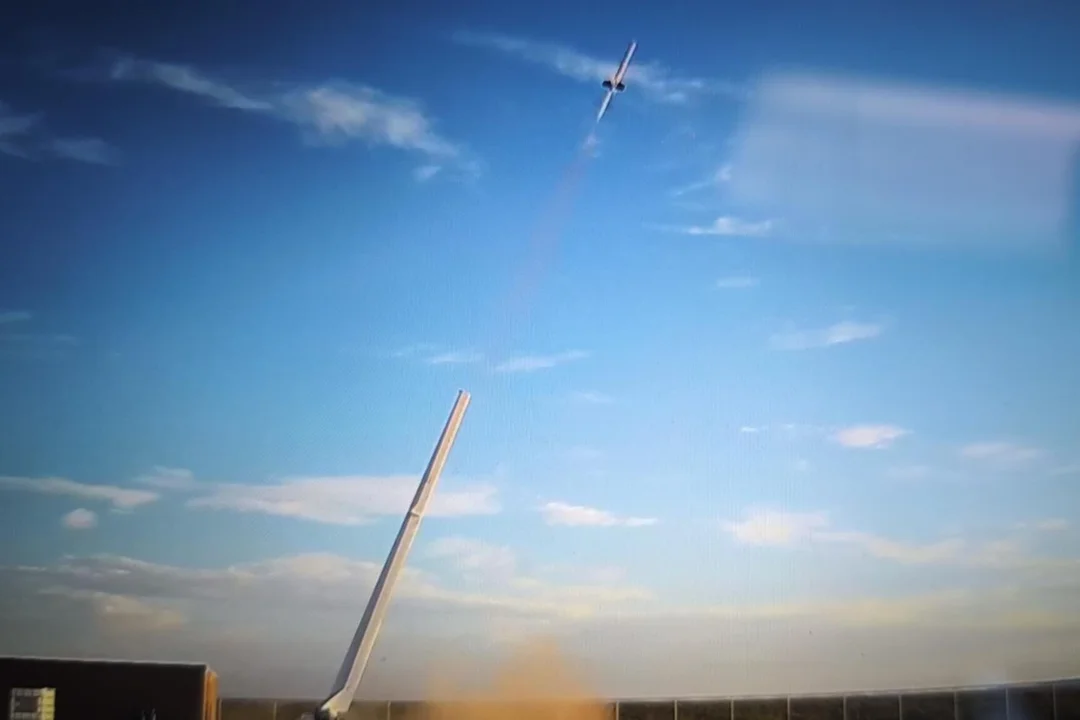
Venus Aerospace Achieves Landmark Flight Test with Revolutionary ‘Exploding’ Rocket Engine, Paving Way for Hypersonic Flight
The race for hypersonic flight just got a major boost. Texas-based startup Venus Aerospace successfully conducted the first U.S. flight test of its innovative rotating detonation rocket engine (RDRE) on May 14th, marking a significant step towards making high-speed flight a reality.
This breakthrough, detailed in multiple reports, culminates years of research and development and could revolutionize air travel. Venus Aerospace claims their RDRE is a game-changer, potentially powering aircraft to travel at more than six times the speed of sound. Co-founder and CEO Sarah "Sassie" Duggleby stated that the RDRE is significantly more affordable than traditional propulsion systems, being up to 10 times cheaper due to its simple design and 3D-printable components.

The engine, described as being about the size of a duffel bag, was tested at Spaceport America in New Mexico. It successfully propelled a small rocket to an altitude of 4,400 feet, reaching speeds of approximately 383 miles per hour – about half the speed of sound, according to Aerospace America. The entire flight lasted about 30 seconds before the rocket gently landed via parachute.
Rotating Detonation Rocket Engines (RDREs) have been theorized since the 1980s, promising enhanced efficiency and a compact design. Unlike traditional combustion engines that rely on steady fuel burning, RDREs use a continuous wave of explosions (detonations) traveling around a circular channel. This process generates a shockwave that propels the aircraft at supersonic speeds. Venus Aerospace CTO Andrew Duggleby emphasizes that the engine's reliability and efficiency make it scalable.
The implications of this technology are vast, spanning military, commercial, and spaceflight applications. RDREs could drastically cut flight times, improve fuel efficiency, and lower costs. The Dugglebys envision a future where hypersonic weapons are manufactured at a fraction of the current cost and space payloads are launched with four times the capacity. Venus Aerospace's RDRE is also designed to work with their VDR2 air-breathing detonation ramjet, enabling sustained hypersonic flight from conventional runways without requiring boosters.
The company plans a thorough post-flight analysis to refine the engine's performance, aiming for operational RDRE systems by the early 2030s. Their focus is now on scaling, identifying ideal applications, and engaging with potential investors, including defense agencies and commercial clients. The global hypersonics market is projected to reach $12 billion by 2030, highlighting the significant demand for this technology.
Is this the dawn of affordable hypersonic travel? While still in the early stages, Venus Aerospace's successful flight test is a monumental leap, bringing the possibilities of high-speed flight closer to reality.
Share your thoughts on the future of hypersonic flight in the comments below!